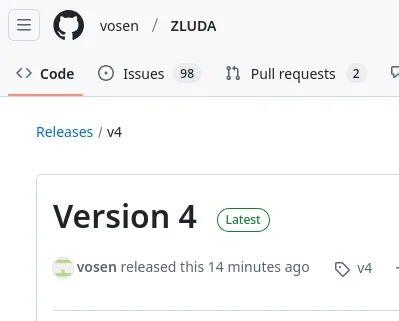

But how do you find those people solely based on a short interview, where they can use AI tools to perform better if the interview is not held in person?
And mind you the SO was better because you needed to read a lot of answers there and try to understand what would work in your particular case. Learn how to ask smartly. Do your homework and explain the question properly so as not to get gaslit, etc. this is all now gone.


















Happy user of Ventoy here